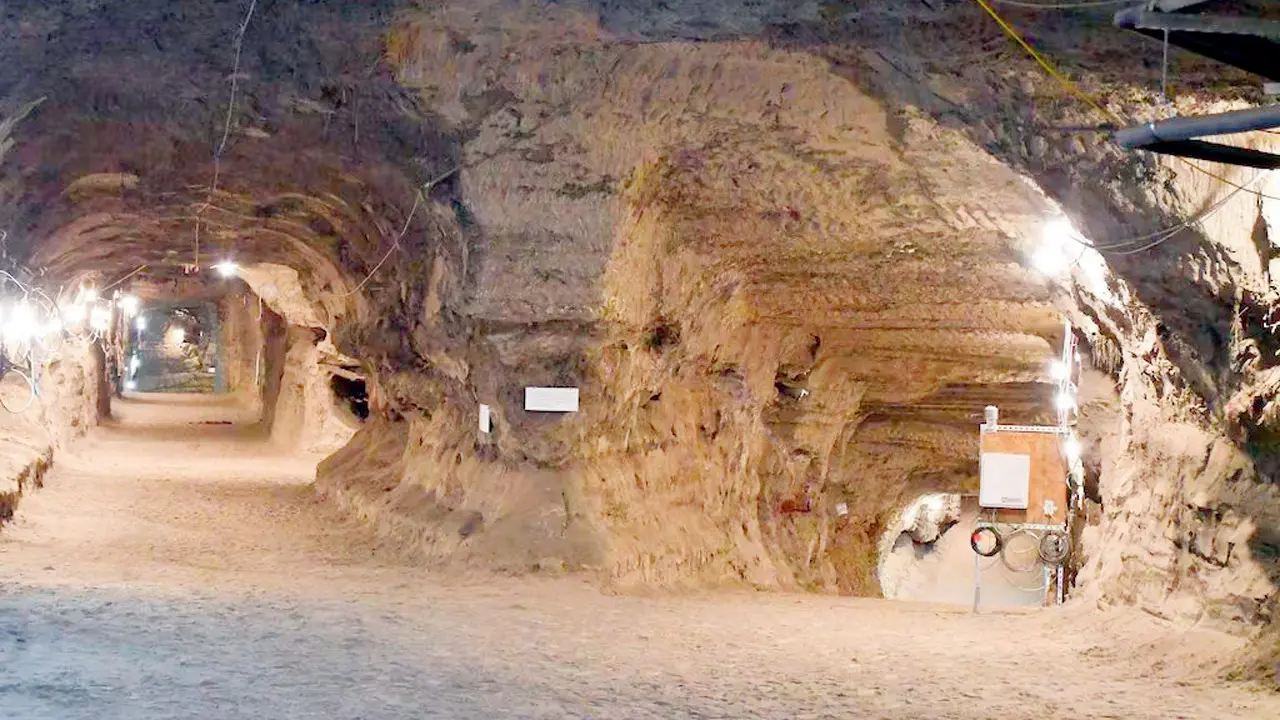Shocking Discovery: Can Yeast Survive Mars-Like Conditions?

Imagine a tiny organism that can withstand the harshest environments imaginable, even those found on Mars. Recent research has revealed that yeast, specifically Saccharomyces cerevisiae, not only endures but thrives under stress conditions akin to those on the Red Planet. This groundbreaking study, published in PNAS Nexus, opens a window into the resilience of life beyond Earth.
Researchers led by Purusharth I. Rajyaguru subjected these resilient little fungi to extreme conditions, including shock waves from simulated meteorite impacts and soil perchlorates—these highly reactive salts are notorious for disrupting chemical bonds, making survival a formidable challenge. Why the focus on yeast? This model organism has already been explored in space, making it a prime candidate for Martian survival studies.
At the High-Intensity Shock Tube for Astrochemistry (HISTA) in Ahmedabad, India, scientists unleashed shock waves reaching up to 5.6 Mach intensity on the yeast. Remarkably, the yeast managed to survive despite a slowdown in growth, even when exposed to sodium perchlorate concentrations mirroring those found in Martian soil. The combination of shock waves and perchlorate stress also yielded positive results, as the yeast assembled protective ribonucleoprotein (RNP) condensates.
These RNP condensates, composed of RNA and proteins, are crucial for protecting genetic material under stress. When yeast faces these harsh conditions, they form structures known as stress granules and P-bodies. Once the danger passes, these structures disassemble, allowing the yeast to return to normal operations. Interestingly, while shock waves triggered both stress granules and P-bodies, perchlorate exposure primarily resulted in P-body formation.
Perhaps most fascinating is the impact on mutant strains of yeast that lack the ability to form RNP condensates. These mutants fared poorly under simulated Martian conditions, highlighting the significance of RNP condensates in survival strategies. Through transcriptome analysis, specific RNA transcripts were identified as being disrupted by these Martian-like challenges, providing further insight into how life might cope on other planets.
In conclusion, this research underscores the resilience of yeast and the role of RNP condensates in the potential for life on Mars. It raises intriguing questions about what other forms of life might endure similar conditions on the Red Planet. This study marks a significant step forward in our understanding of extraterrestrial biology, potentially guiding future explorations in the cosmos.



























